Advanced Air Mobility Aircraft - We will adopt what is appropriate for the UK but in doing so be fully aware that harmonization enhances safety and increases efficiency for industry and regulators. In line with this approach, we are reviewing existing UK rules and conducting gap analyzes to those of EASA, FAA, ICAO, and others.
In a social media post, David's brother, Daniel Rathbun, called him a “brilliant” engineer and credited him for being instrumental in the design of the Cirrus single-engine jet that recently won the coveted Robert J. Collier Trophy bestowed each year by the
Advanced Air Mobility Aircraft
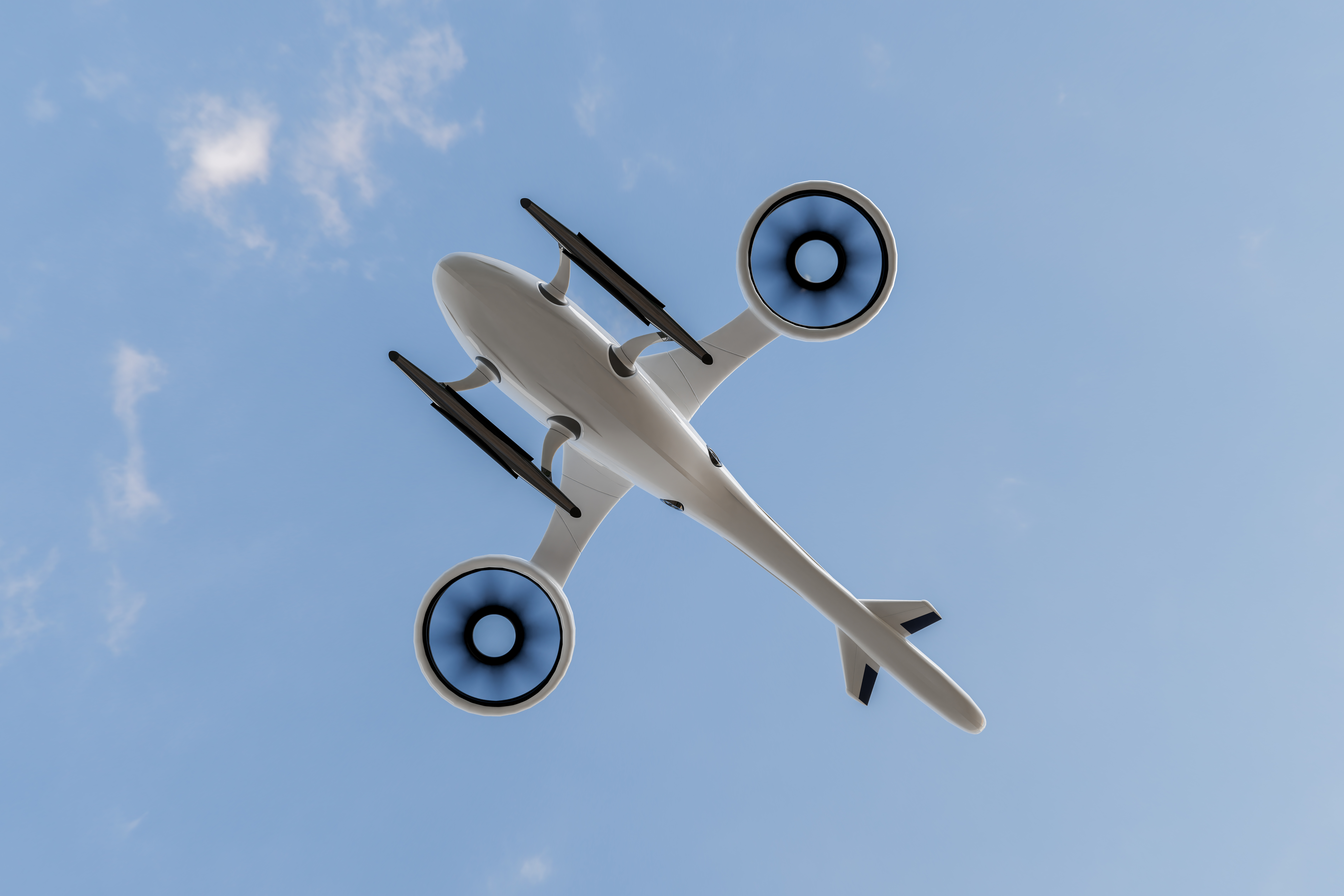
National Aeronautic Association. "David was indeed a gifted mover and shaker in the aviation world and will be horribly missed," Daniel said. To access current UK civil aviation regulations, including AMC and GM, CAA regulatory documents, please use this link to UK Regulation.
Please note, if you use information and guidance under the Headings, the references to EU regulations or EU websites in our guidance will not be an accurate information or description of your obligations under UK law.
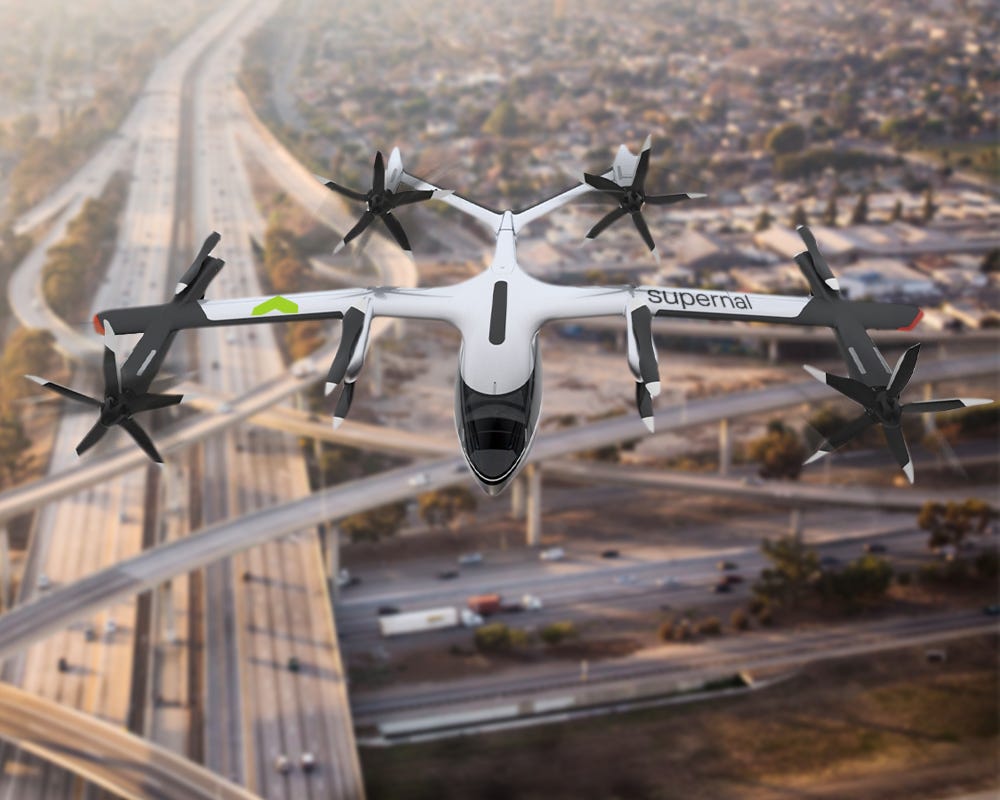
These pages are undergoing reviews and updates. Introducing these new aircraft and operations involves significant work. Gaining regulatory approval for new aircraft with new powerplants and new styles of operation means regulations and approval mechanisms must adapt, and innovators are also learning how to integrate within the traditional national and international aviation frameworks.
“His passing is a profound loss for the Cirrus family. His presence and character will be missed, but his legacy will be indelible,” Cirrus said in the statement. “A key contributor throughout his 26 years at Cirrus Aircraft, Dave played a crucial role in the early design and certification of the SR20.
Following similar work on the SR22 and SR22T, Dave was instrumental in the development and successful entry into service of the SF50 Vision Jet.” This will enable the entire aviation system to gain experience of the new sector, resulting in a greater understanding of how eVTOL flying can be safely and successfully integrated.
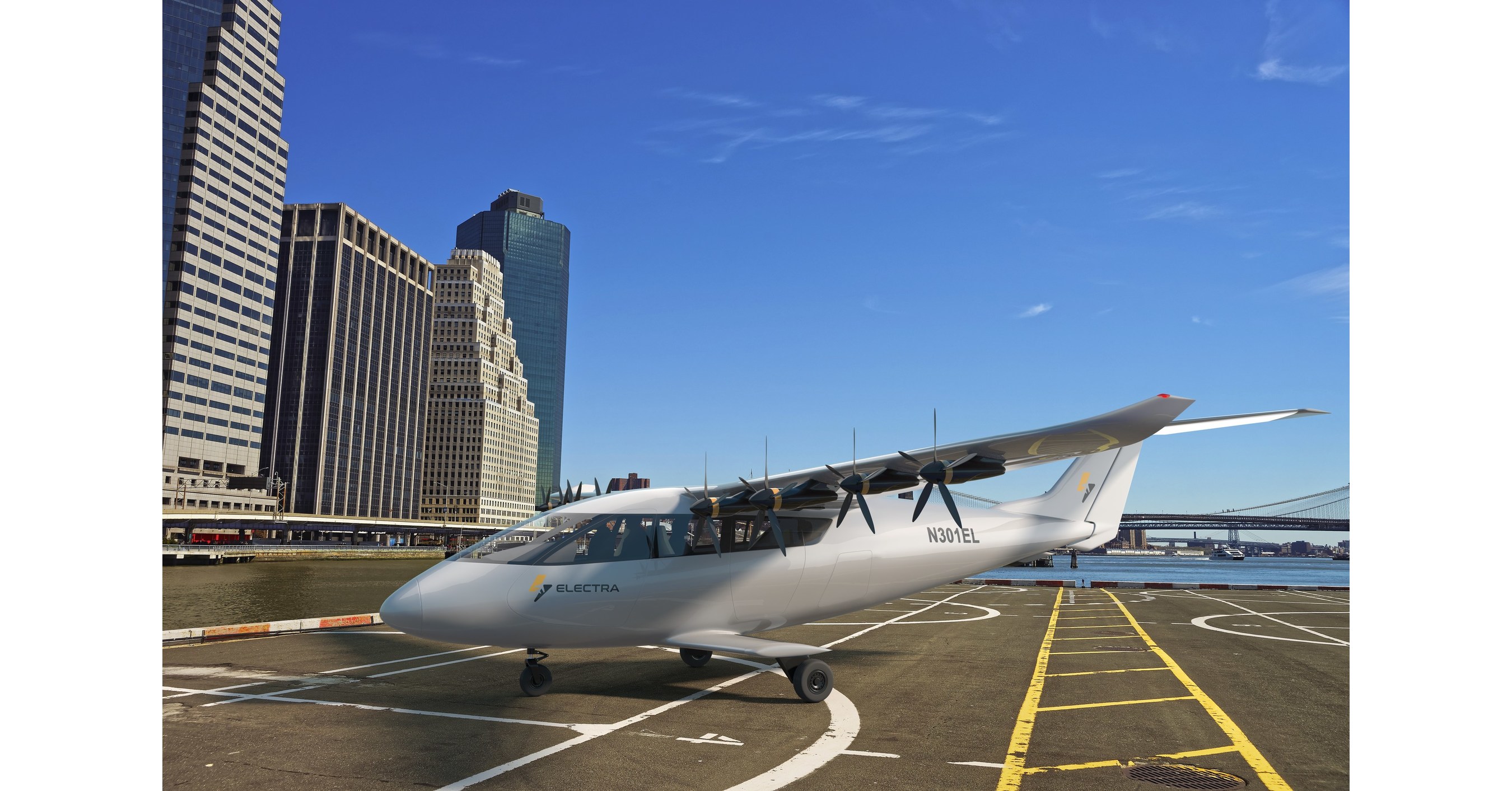
It will also inform and direct our concurrent work on integrating larger volumes of AAM flying in the future. The FAA and NTSB are currently investigating the accident. Preliminary reports typically take around two weeks, while final NTSB reports could take more than a year to identify the cause.
Cirrus says it is fully engaged in supporting all authorities but will not comment on the accident details or speculate about the cause in respect to those involved. The accident comes just two days after an FAA airworthiness directive was released affecting thousands of U.S.
Aircraft concerning safety with Continental engines. However, based on its serial number, the aircraft involved in Rathbun's accident was not affected by the AD. Advanced Air Mobility (AAM) describes a new transportation system that can help increase access to areas underserved by the current
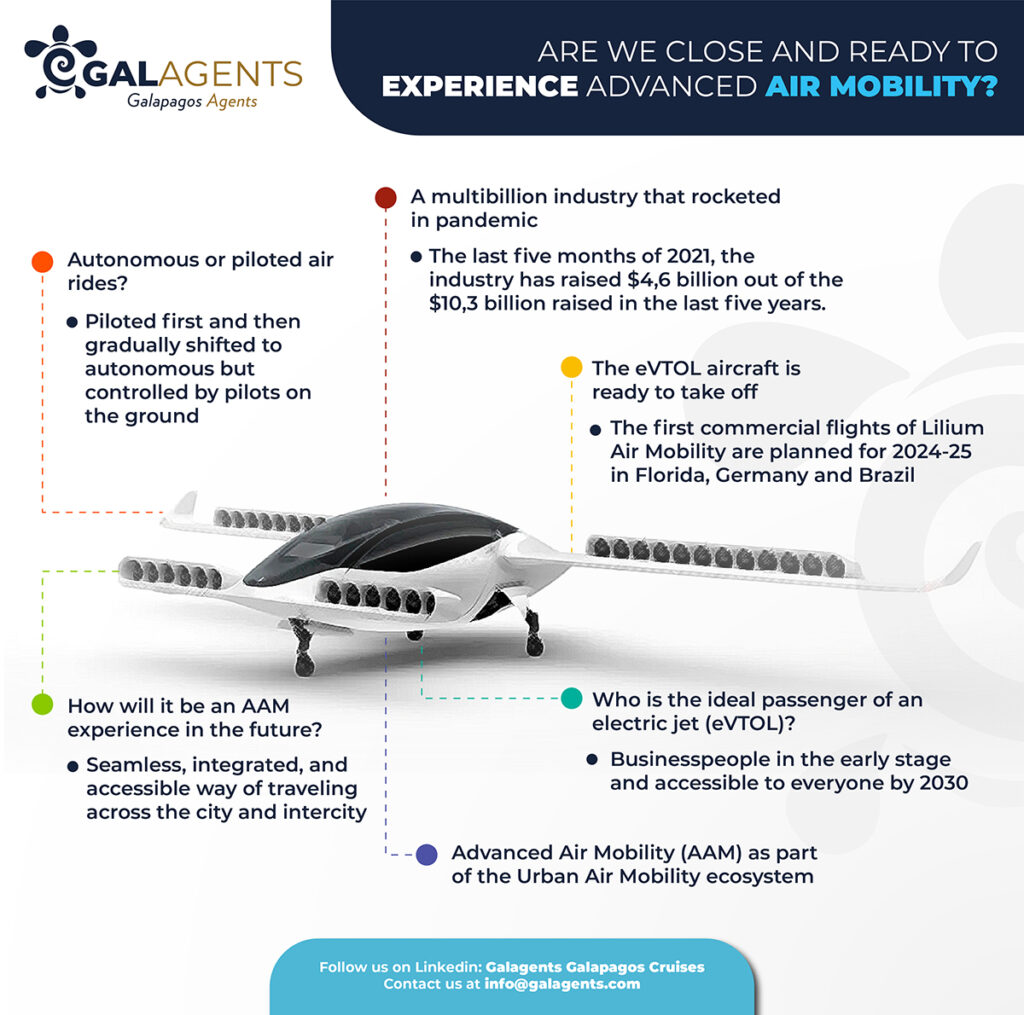
aviation industry. It uses emerging technologies, such as new vertical take-off and landing (VTOL) and short take-off and landing (STOL) aircraft, to transport people or cargo at lower altitude and within shorter range than traditional aircraft.
FAA partners with other Federal entities to conduct AAM-related research and development According to reports, the accident occurred around 4 p.m., shortly after Rathbun took off from the Duluth International Airport (KDLH). Preliminary data from Flightaware.com shows the 2016 SR22 registered as N929DR reached a speed of 181 knots and an altitude of 2,975 feet.
The last known contact was made at just over 1,000 feet and showed the aircraft at 128 knots. Weather at the time of the accident was reported as VFR. Advanced Air Mobility (AAM) work seeks to develop new, environmentally friendly aircraft designs to move people and goods.
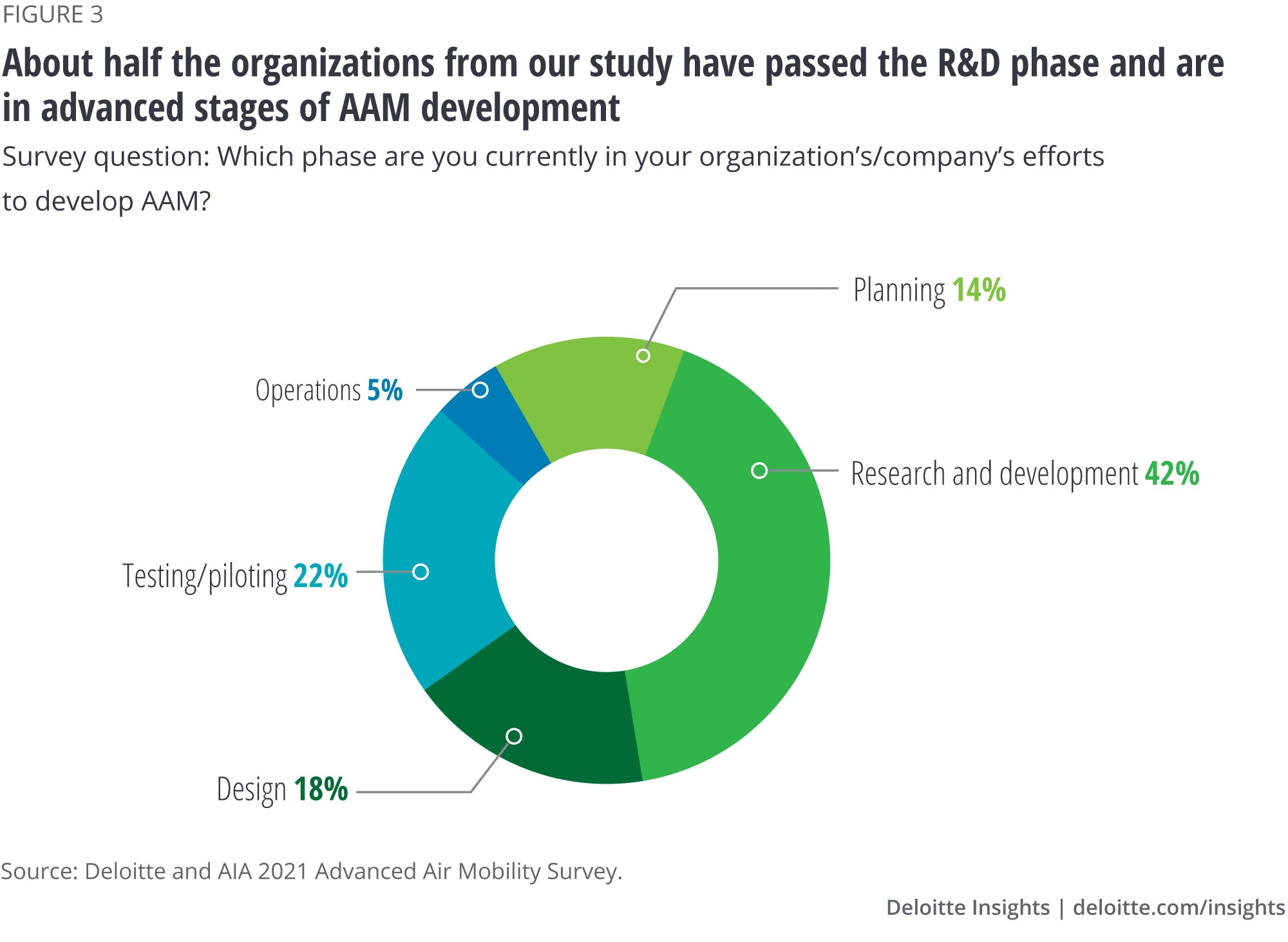
In many cases it involves electric powered vertical take-off and landing (eVTOL) aircraft. These technologies have the potential to benefit UK consumers and contribute to the UK's Jet Zero objectives. We believe there will be an incremental approach to the introduction of eVTOL aircraft.
Matching demand from manufacturers means we will initially focus on operations by piloted aircraft using the current airspace infrastructure and mainly from current aerodromes. As the UK aviation regulator, we are adapting to work in new ways to engage and regulate the AAM industry.
This includes the need to access relevant expertise whilst improving our ability to stay abreast of this fast-moving industry. As with much innovation, the timescales industry sets are challenging, and it is important that we address all the challenges and activities as a whole and in a logical order to enable the safe introduction of Advanced Air Mobility as quickly as possible.

We use necessary cookies to make our website work. We'd also like to use optional analytics cookies to help us improve it. For more information, please read our cookie policy. ATR's AAM work focuses on the infrastructure needed to support this
Exciting new kind of transportation, such as well-designed vertiports – specialized areas for vertical aircraft takeoff and landing. Along with industry partners, ATR is working to build the knowledge base on topics like VTOL aircraft design and specifications, concepts of operations, infrastructure design, and takeoff and landing
profiles.
what is advanced air mobility, advanced air mobility infrastructure, faa advanced air mobility, advanced air mobility vehicles, advanced air mobility aam, advanced air mobility market, advanced air mobility events 2023, advanced air mobility definition
0 Comments